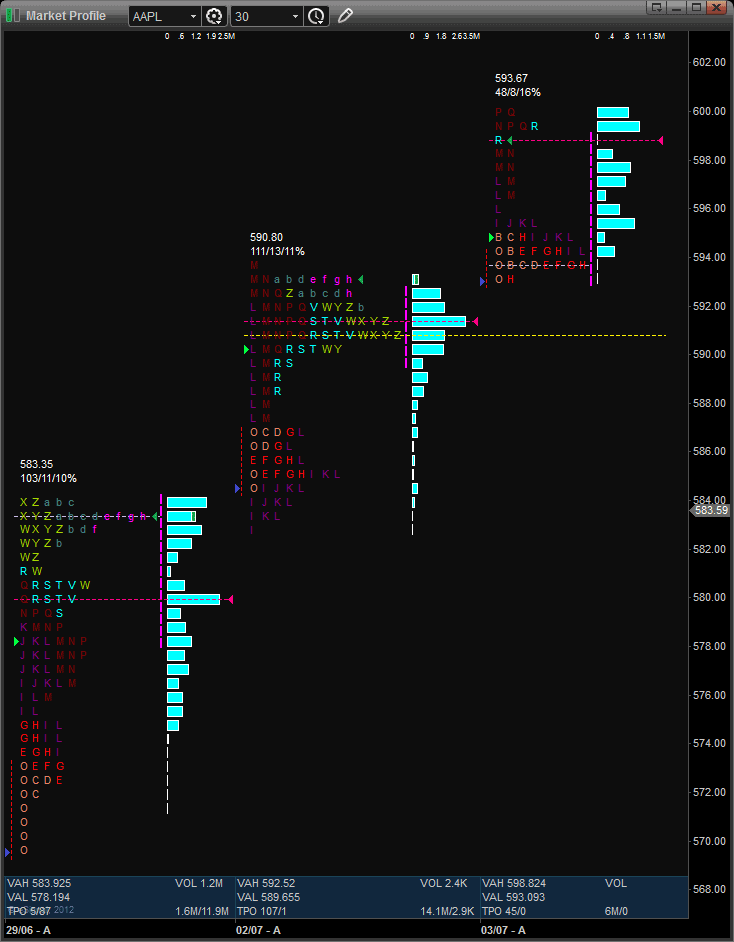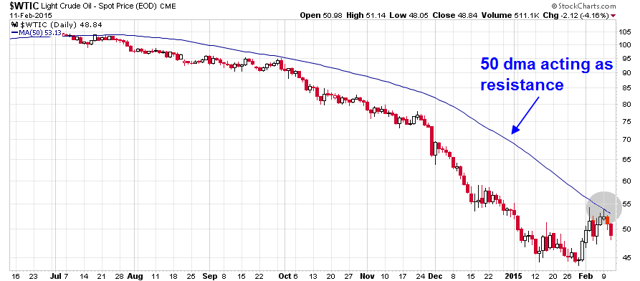Stock Screening Tools Quotes Alerts Market Commentary Leaders Breakouts A Winning Investment
Post on: 19 Май, 2015 No Comment

CAN SLIM is a formula created by William J. ONeil, who is the founder of the Investors Business Daily and author of the book How to Make Money in Stocks — A Winning System in Good Times or Bad .
Each letter in the word CANSLIM stands for one of the seven chief characteristics that are commonly found in the greatest winning stocks. In his book, he cites many examples including:
- Texas Instruments, whose price rose from $25 to $250 from January 1958 to May 1960
- Xerox, which went from $160 to the equivalent of $1340 from March 1963 to June 1966
- Syntex, which leaped from $100 to $570 in the last six months of 1963
- Dome Petroleum advanced 1000% in the 1978-1980 market
- Prime Computer rose 1595% in the 1978-1980 market
- Limited Stores 3500% increase from 1982 to 1987.
The C-A-N-S-L-I-M characteristics are often present prior to a stock making a significant rise in price, and making huge profits for the shareholders!
ONeil explains how he conducted an intensive study of 500 of the biggest winners in the stock market from 1953 to 1990. A model of each of these companies was built and studied. Again and again, it was noticed that almost all of the biggest stock market winners had very similar characteristics just before they began their big moves.
C = Current quarterly earnings per share.
They should be up a minimum of 25% — 50% over the year earlier. In fact, of the 500 best performing stocks ONeil studied in the 38 years from 1953 to 1990, three out of four had earnings increases averaging more than 70% in the latest publicly reported quarter before the stocks began their major price advance. The one out of four that didnt show solid quarterly increases did so in the very next quarter, and those increases averaged 90%!
A = Annual earnings per share.
There should be meaningful growth over the last five years. The annual compounded growth rate of earnings in the superior firms should be from 25% to 50%, or even more, per year. With all of this emphasis on earnings, it is important to understand something about Price-Earnings Ratios (P/E). Factual analysis of the greatest winning stocks shows that P/E ratios have very little to do with whether a stock should be bought or not! In fact, you will automatically eliminate most of the best investments available if youre not willing to by a stock that trades with a high P/E. Remember earlier when I mentioned Xerox? In 1960 it traded at a 100 P/E — before it went up 3300% from $5 to $170 (adjusting for the stock splits). Genentech was priced at 200 times earnings in November 1985, and it bolted 300% in the next 5 months. Syntex sold for 45 times earnings in 1963, before it advanced 400%. For years analysts have misused P/E ratios, and its amazing to me how so many people will still ask about a companys P/E before they ask about a companys earnings growth.
N = New product/management/price high.

Usually it is a new product or service that causes the big earnings acceleration were looking for. Consider these examples:
- Rexalls new Tupperware division, in 1958, helped the stock go from $16 to $50.
- Thiokol came out with new rocket fuels for missiles back in 1957-1959. The stock blasted from $48 to the equiuvalent of $355.
- In 1957-1960, Polaroid came out with the picture in a minute self-developing camera, the stock went from $65 to $260. Then in 1965-1967 they came out with a color-film version. The stock repeated with an amazing, split adjusted, rise from $23 to $133.
- Syntex, in 1963, began marketing the oral contraceptive pill. In six months the stock soared from $100 to $550.
- Computervision stock advanced 1235% in 1978-1980, with the introduction of Cad-Cam factory automation equipment.
- Price Company went up 15 fold in 1982-1986 while opening their chain of wholesale warehouse membership stores.
Get the point? 95% of the greatest winners in the 38 year study ONeil conducted were companies that had a major new product or service.
The other important thing to consider is the price of the stock. Most people miss the biggest winners in the market because of what ONeil refers to as the great paradox of the stock market. It is hard to accept, but the stocks that seem too high and risky to the majority usually go higher and what seems low and cheap usually goes lower. If you dont think this is true, I challenge you to look in an old newspaper from a few months ago and observe a good number of stocks highlighted because they hit new highs and new lows. Then see where they are today. Most of the highs will be higher, and the lows will be even lower.
S = Supply/Demand: Small Cap + Volume
Supply and demand dictates the price of almost everything in your life. The law of supply and demand is more important than all the analyst opinions on Wall Street. The price of a stock with 400 million shares is hard to budge up because of the large supply of stock available. Yet, if a company has only 2 or 3 million shares outstanding, a reasonable amount of buying can push the price up rapidly because of the small available supply. If you are choosing between two stocks to buy, one with 60 million shares outstanding and one with 10 million shares, with all other factors equal, the smaller one will usually be the bigger mover. Stocks that have a large percentage owned by top management are generally better prospects. Again referencing ONeils 38 year study, more than 95% of the companies had less than 25 million shares outstanding when they had their greatest period of earnings improvement and stock price performance.
Foolish stock splits can hurt a stocks performance. Watch out for companies that split their stock 2 or 3 times in just a year or two. The splitting creates a larger supply and may make a companys stock performance more lethargic, like many big cap companies. Large holders who thinking of selling are often inclined to sell their 100,000 share positions before a 3-for-1 split would have them looking to sell 300,000. Smart short sellers (an infinitesimal group) pick on stocks beginning to falter after enormous price runups and splits, realizing that the potential number of shares for sale (particularly by funds) has dramatically been increased.
People often buy stocks theyre comfortable and familiar with, like an old pair of shoes. Usually these are draggy slow-pokes rather than leaping leaders. It is really important to look at how your stock is performing in relation to the overall market. The 500 best performing stocks from 1953 to 1990 averaged a relative price strength of 87 (scale of 1-99) just before they began their major advances in price. Avoid laggard stocks and look for genuine leaders.
I = Institutional Sponsorship
It takes big demand to move a stock significantly higher in price. Institutional buyers are the most powerful source. You dont need a large number of institutional owners, but should have at least a few. No institutional sponsorship in a stock is a bad sign because odds are that many institutional investors looked at the stock and passed it over. The things we are looking for with C-A-N-S-L-I-M are really signs that the bigger money (mutual funds, banks, insurance companies, pension funds, etc.) is coming into the stock. See that there is a better-than-average performance record by at least a few of the institutional owners.
Another good thing about some institutional sponsorship is that it provides buying support for the stock. Beware of stocks that become overowned. By the time performance is so obvious that almost all institutions own it, it is probably too late. Pay attention to whether the number of institutional owners is increasing or decreasing.
You can be right on everything else, but if you are wrong about the direction of the broad market you are still likely to lose money. The best way to analyze the overall market is to follow and understand every day what the general averages are doing. The difficult to recognize, but meaningful changes in the behavior of the market averages at important turning points is the best indicator of the condition of the whole market.
What signs should you look for to detect a market top? On one of the days in the uptrend, the total volume for the market will increase over the preceding days high volume, but the Dows closing average will show stalling action, or substantially less upward movement, than on prior days.
The spread between the daily high and low of the market index will likely be a bit larger than on the earlier days. Normal market liquidation near the market peak will only occur on one or two days, which are part of the uptrend. The market comes under distribution while it is advancing! This is one of the reasons so few people know how to recognize distribution (selling).
Immediately following the first selling near the top, a vacuum exists where volume may subside and the market averages will sell off for four days or so. The second, and probably the last early chance to recognize a top reversal is when the market attempts its first rally, which it will always do after a number of days down from its highest point. If this first attempt to bounce back follows through on the third, fourth, or fifth rally day either on decreased volume from the day before, or if the market average recovers less than half of the initial drop from its former peak to the low, the comeback is feeble and sputtering when it should be getting strong. Frequently the first attempt at a rally during the beginning of a downtrend will fail abruptly. Possibly after a one day resurgence, the second day will open up strong, only to sell off toward the end of the day and suddenly close down.
After an advance in stocks for a couple of years, the majority of the original price leaders will top, and you can be fairly sure the overall market is going to get into trouble. It is very important to pay attention to the way the leading stocks are acting.














